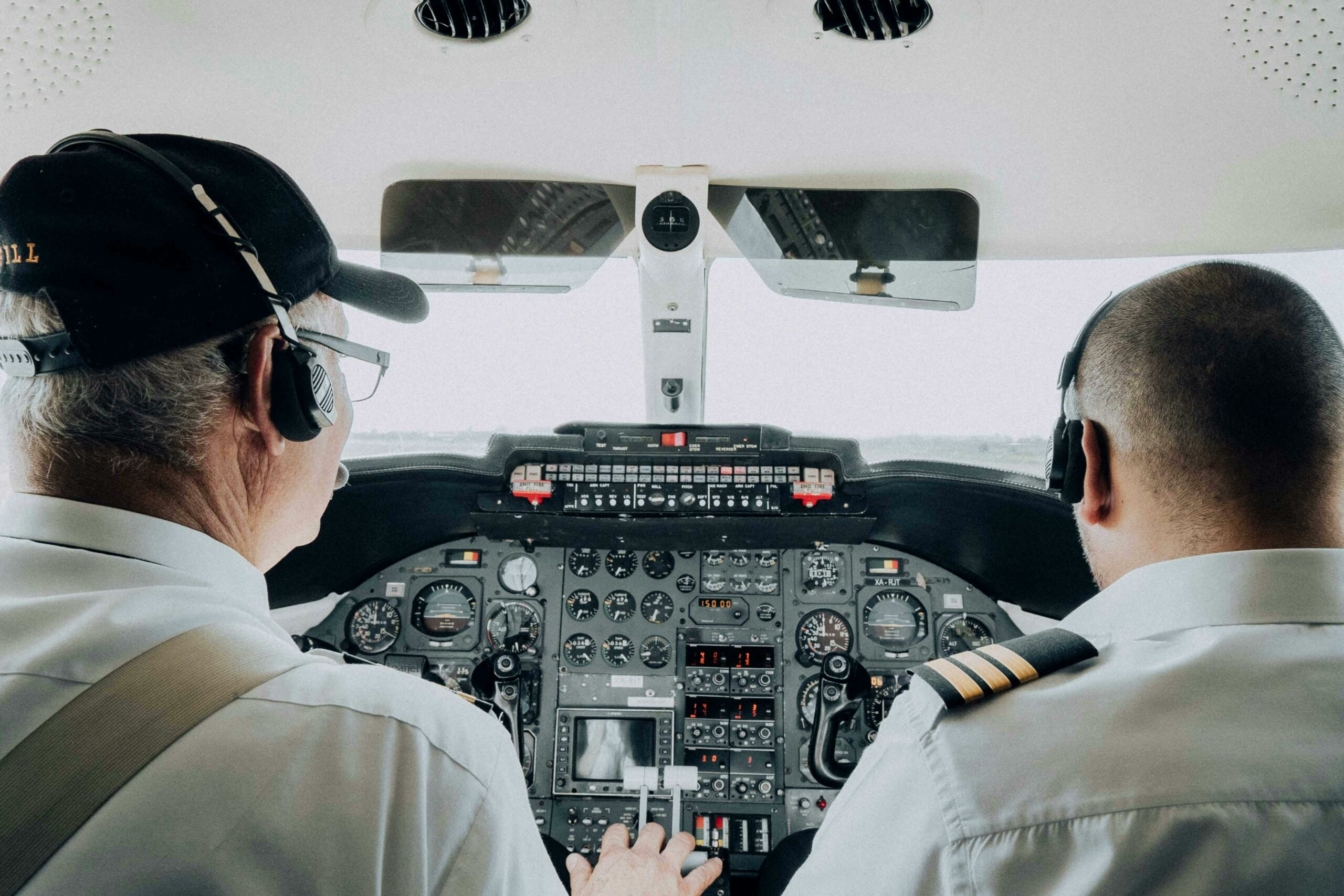7 Tips for Dealing With Turbulence Anxiety: A Guide for Nervous Flyers

Flying can be an exciting experience, but for many, the thought of turbulence can be nerve-wracking. If you’re one of the countless individuals who wonder how to deal with turbulence anxiety, you’re not alone. In this article, we’ll share practical and effective tips to help you conquer your fears and enjoy flying with confidence. Say goodbye to white-knuckled flights and hello to a more relaxed journey in the sky!
Understand the Nature of Turbulence
Educate yourself about air turbulence, including severe and extreme turbulence, to alleviate the anxiety associated with it. Learn how turbulence is a normal part of flying and that planes are designed to withstand turbulence. Familiarizing yourself with the different types of turbulence and the rarity of plane crashes due to turbulence can help build confidence in the safety of air travel.
How to Deal With Turbulence Anxiety
1. Trust the Flight Crew
Flight attendants and pilots are trained professionals who prioritize passenger safety. They experience turbulence regularly and are well-equipped to handle it. If you’re feeling anxious during turbulence, remember that the flight crew is there to support you and ensure your safety. Don’t hesitate to ask them questions or voice your concerns.
2. Choose the Right Seat
Opt for a seat over the wings or in the front of the plane for a smoother ride. These areas tend to experience less turbulence compared to the rear of the plane. Sitting near the wings provides additional stability since the wings act as natural shock absorbers. Booking your seat in advance can ensure that you secure a spot in your preferred location on the plane.
3. Stay Informed with Turbulence Forecast Tools
Before your flight, utilize resources like our turbulence forecast tool to stay informed about expected turbulence conditions. This knowledge can help you feel more prepared and in control, reducing your anxiety levels.
4. Practice Relaxation Techniques
Breathing exercises like the 4-7-8 method can help calm your nerves and ease anxiety during turbulence. By focusing on your breathing or releasing tension in your muscles, you can create a sense of relaxation. Other techniques, like visualization and progressive muscle relaxation, can also help anxious flyers stay calm during turbulence.
5. Distract Yourself
Keep your mind occupied with books, movies, music, or games to help take your focus off the turbulence. Engaging in activities you enjoy can be a powerful tool to reduce anxiety. Bringing noise-canceling headphones can help drown out the sounds of the plane and create a more relaxing environment while also allowing you to fully immerse yourself in your chosen distraction.
6. Seek Professional Help If Necessary
If your turbulence anxiety persists, you may want to consider seeking professional help, such as therapy or support groups specifically designed for anxious flyers. Cognitive-behavioral therapy (CBT) and exposure therapy are two common methods used to address the fear of flying and can help you develop coping mechanisms to manage your anxiety.
7. Understand the Nature of Turbulence
Educate yourself about air turbulence, including severe and extreme turbulence, to alleviate anxiety associated with it. Learn how turbulence is a normal part of flying and that planes are designed to withstand turbulence. Familiarizing yourself with the different types of turbulence and the rarity of plane crashes due to turbulence can help build confidence in the safety of air travel.
By implementing these seven tips, nervous flyers can conquer turbulence anxiety and enjoy a more comfortable flying experience. Remember that turbulence is a normal part of air travel, and modern aircraft are designed to handle it safely. With the right knowledge, tools, and support, you can transform your flying experience from a source of anxiety to an enjoyable part of your journey.
Do pilots panic during turbulence?
No, pilots do not panic during turbulence. They are highly trained professionals who are well-prepared to handle turbulence and other flight-related situations. Pilots undergo extensive training and simulations to ensure they can manage turbulence effectively and maintain the safety of the passengers and crew. They are experienced in flying through various weather conditions and types of turbulence, and their primary goal is to ensure a safe and comfortable flight for everyone on board.
How do flight attendants deal with turbulence?
Flight attendants are trained to handle turbulence and ensure the safety and comfort of passengers during such episodes. They are knowledgeable about the various types of turbulence and are experienced in providing support and reassurance to anxious passengers. When turbulence is anticipated or encountered, flight attendants will secure the cabin, stow loose items, and ensure that passengers are seated with their seat belts fastened. They also follow safety protocols set by the airline and the Federal Aviation Administration (FAA) or other regulatory authorities. Additionally, flight attendants are trained in various relaxation techniques and may offer advice or guidance to help passengers stay calm during turbulence.

